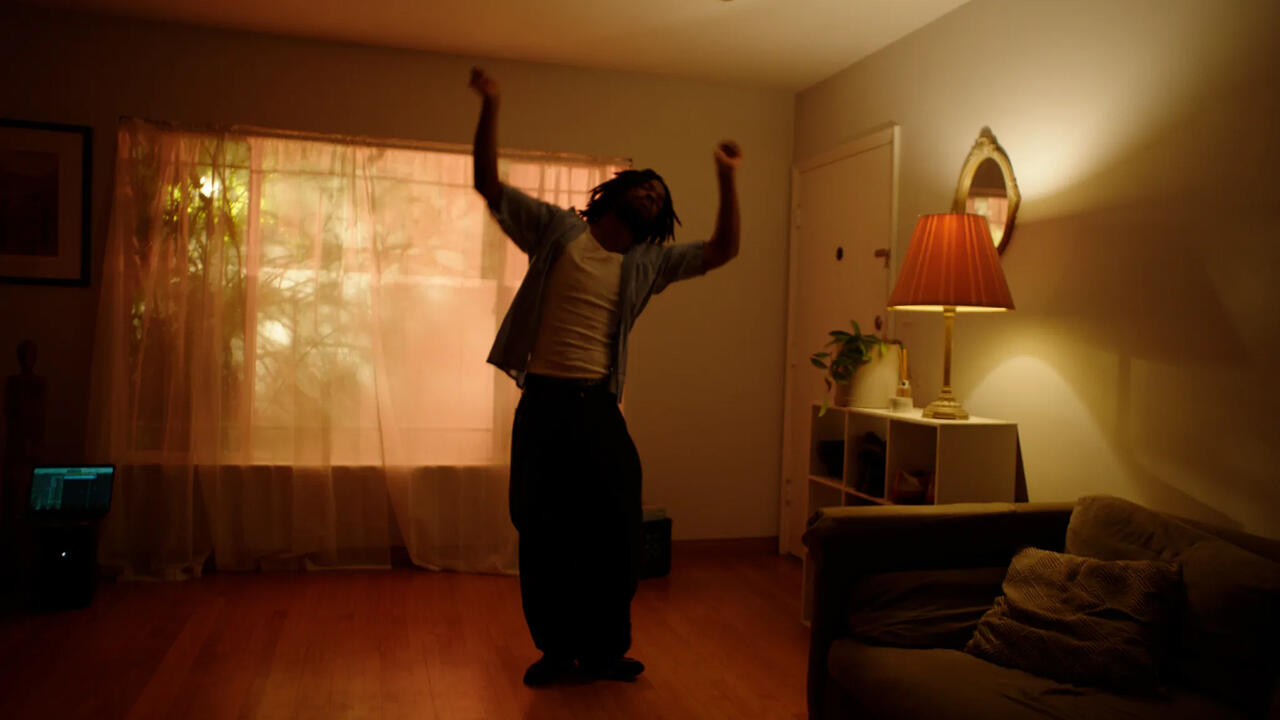‘A Chance to Bring Global Communities Together‘
Partnership between Frieze and Singapore Tourism Board brings a free, public discussion to Singapore Art Week 2019
Partnership between Frieze and Singapore Tourism Board brings a free, public discussion to Singapore Art Week 2019

From the LUMA Foundation in Arles, France, to the Crystal Bridges Museum of Art in Bentonville, USA to M Woods in Beijing: some of the most significant – and exciting – art spaces in the world today are private museums – open for the benefit of the public but supported and, to some extent, directed by private individuals.
Nowhere is the rise of such institutions more visible than in Southeast Asia, where from Jakarta to Chiang Mai to Manila, the last decade has witnessed a significant boom in private museums. Yet the exact mission of such spaces – and their relation to the public model historically more widespread in the West – is one which is still keenly debated. Indeed, across the world, even established public museums’ cannot ignore questions about the role and influence determined by private funding – as the Whitney Museum in New York recently discovered after its Vice Chair was linked to the manufacture of tear gas used against migrants at the US Border.
This vital consideration of different kinds of arts funding is, thus, pressing for institutions across multiple geographies. On 25th January 2019, leading curators and museum professionals will discuss all sides of the issue in a panel discussion at the National Gallery Singapore, entitled ‘Public vs. Private Museums: Bridging the Divide?’

The event marks the second chapter of a partnership between Frieze Academy and the Singapore Tourism Board. Announcing the partnership, Frieze Publishing Director, Nick Chapin, described this as ‘a chance to bring global communities together, ask critical questions, and foster discussion that can lead to genuine learning and change.’ From its foundation as a magazine in 1991, Chapin noted, Frieze has ‘been committed to creating a truly global platform for dialogue on contemporary art and culture’, adding that today, ‘the international and cross-cultural nature of that dialogue is more urgent and immediate than ever.’
This was apparent during ‘Frieze Week’ in October this year, when a curated symposium inaugurated the partnerships in an event held in London. Moderated by frieze magazine Deputy Editor Amy Sherlock, the symposium presented ‘A Brief History of South East Asian Performance’ with contributions from Catherine Wood of London’s Tate Modern, Siuli Tan of Singapore Art Museum and Singaporean artist Ezzam Rahman.
Rahman’s signature gesture is peeling dead skin from his own feet, which he then forms into intricate sculptures. This practice is not, perhaps, what is most widely associated with ‘Performance Art’. Then again, as Tan noted in the symposium, a de facto prohibition on performance art during some of Singapore’s history has given the medium – today flourishing in the region – a less literal character. ‘In Southeast Asia’, Tan said at the London symposium, ‘we speak more obliquely about things, rather than directly…a lot of performances may come through allusively or poetically’. The idea of performance as something which can be alluded to or implied in an art work resonates with Wood’s own understanding, in her recently published book Performance in Contemporary Art (2018), that performance art in doesn’t always look like a performance, but is, in its essence: ‘a space not just for performed action, but a space of active relations: a space in which things happen.’
In such exchanges, specific, regional art histories and global narratives about art inform and expand one another. ‘Curatorial conversations: exhibition-making and institution-building in a global artworld’, the second chapter of the series, intends to deepen this dialogue. Unfolding over three days from 23rd to 25th January during Singapore Art Week, this chapter sees curators and museum professionals from Singapore, the wider region and across the globe meet in Singapore for four private roundtable discussions, hosted in collaboration with key local institutions: the National Gallery Singapore, Singapore Museum of Art and the NTU Centre for Contemporary Art. These culminate on 25th January with the aforementioned panel discussion at the National Gallery Singapore on private and public museums. Free to the public, the event promises to explore questions that concern the global art community, where the relationship between private funding and public responsibility is under scrutiny everywhere.

What tentative conclusions the discussion reaches will be reported on Frieze.com. Following this is the series’s concluding chapter. With the first- and second-chapters taking place during London’s Frieze Week and Singapore Art Week, this fittingly takes place during a third major art event – the 2019 Singapore Biennale, (22nd November 2019—22nd March, 2020), which sees the renowned Patrick D. Flores join as Artistic Director. At the 56th Venice Biennale, the Manila-born Flores curated the Philippine Pavilion – its first participation in the world’s oldest biennale for 51 years – which looked (among other things) at how national identity might be formed through international exchange: taking a Filipino biopic of the Mongol leader Genghis Khan as a starting point. If some of this vision carries through to the upcoming Singapore Biennale, this will provide a resonant context for the aim of Frieze Academy and Singapore Tourism Board’s collaboration – to ‘bring global communities together’, in Chapin’s words.






















